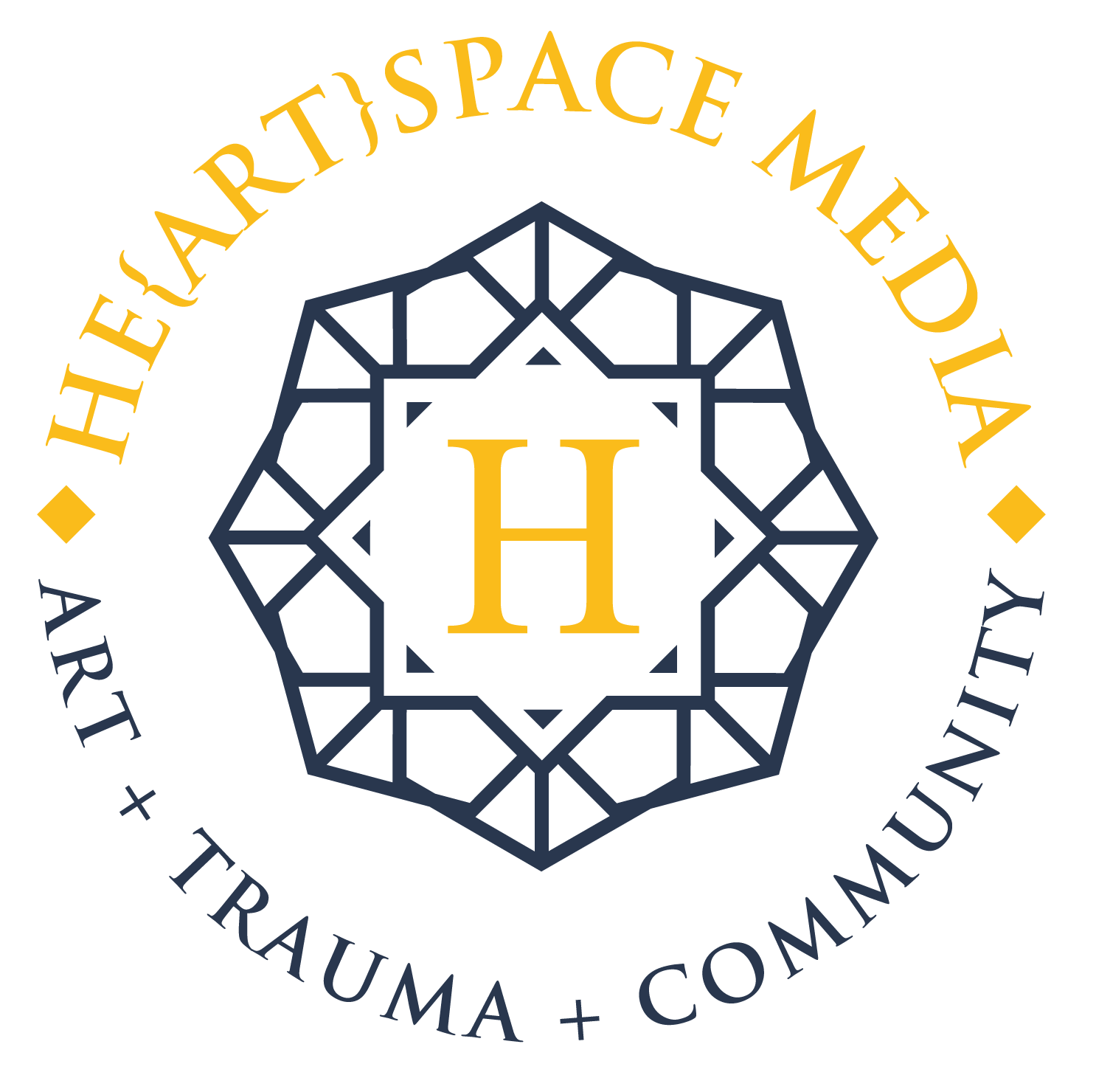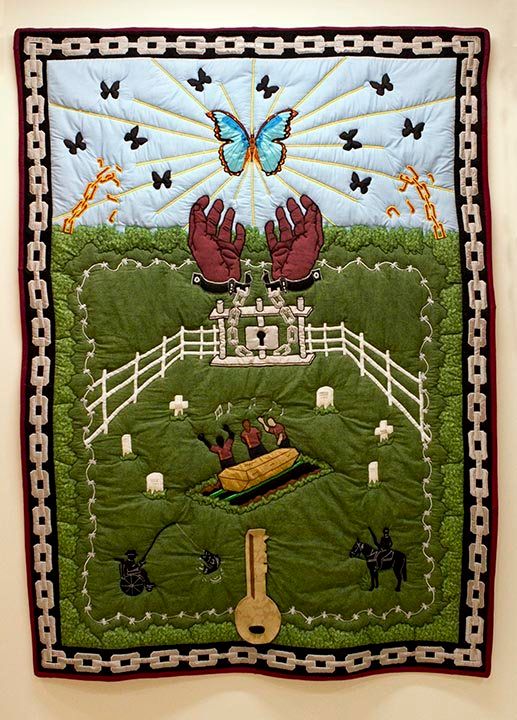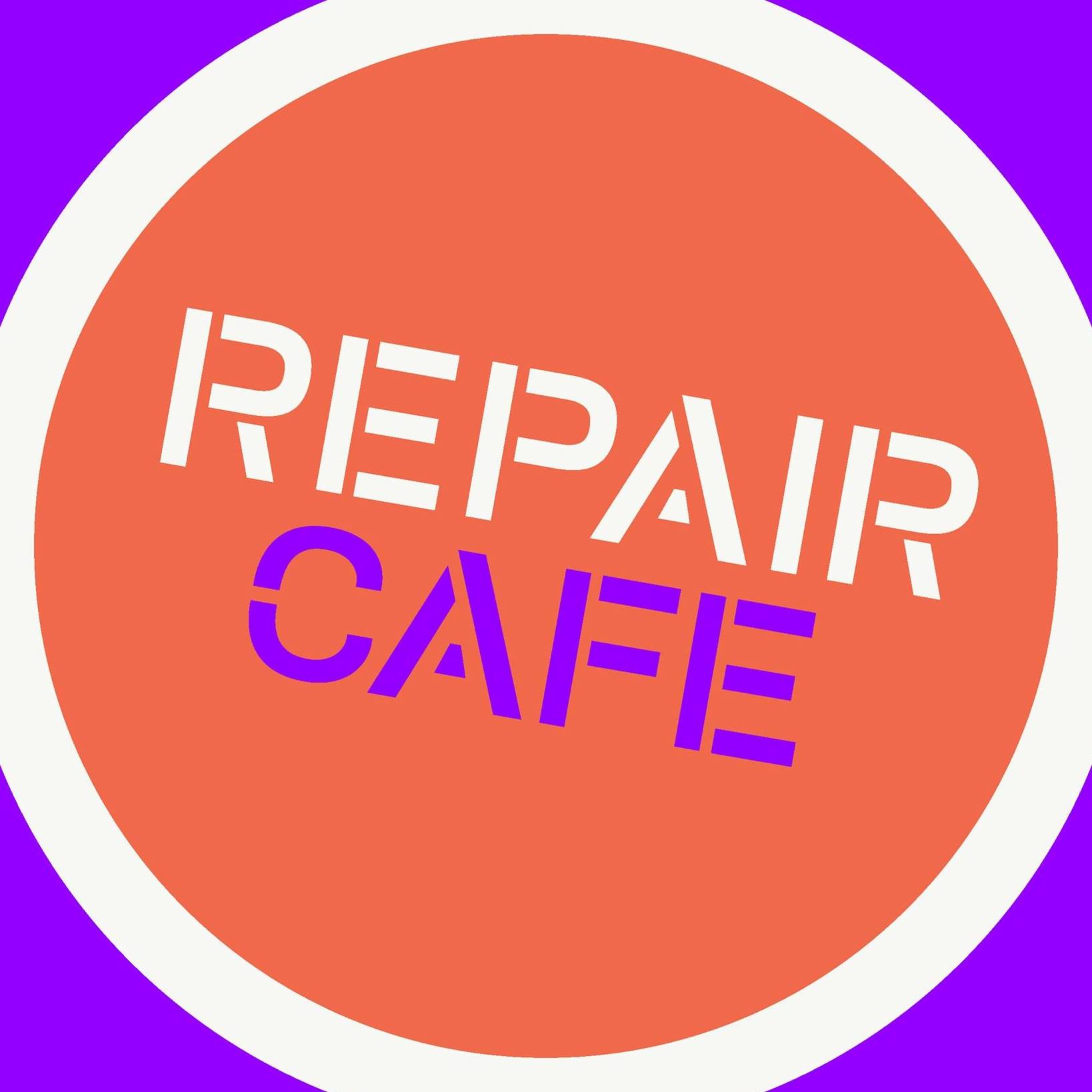


This event was mindblowing in the best way and greatly expanded my awareness of the issues of re-entry. Before attending, I’d not thought too much or known a lot about employment issues facing those very recently released from incarceration.
Looks like some simple changes could make this process a lot better, therefore benefitting everyone. Colorado is recently implementing some of these.
Consisting of a short documentary film screening of Free to Care, followed by a panel discussion, plus an audience Q&A. The content of the event included that the incarceration of increasing numbers of people is not making our country safer; average recidivism (without support) hovers around 52% within 3 years (although the way these figures are compiled yields different results – the main point being treating others with dignity and respect makes for positive outcomes); and that after release, much support in finding housing, employment and mentorship/”mental health” is lacking.
I appreciate The Greenberg Center & their young board member Casey Bush of the local office of the Center for Employment Opportunities (CEO) for hosting this challenging and enlightening event.
CEO is a national nonprofit with a local Colorado Springs office which helps recently released individuals with, “life skills education, short-term paid transitional employment, full-time job placement, and post-placement services,” according to their website.

Turns out there are a lot of roadblocks to finding work after prison or jail. For instance, in many states there’s a long list of professions people convicted of a felony are legally prevented from working in. In the film, in Illinois, 124 different occupations were mentioned.
I understand perhaps the thinking behind this legislation was meant to protect people from potential further harm inflicted by a convicted “criminal.” It was also legislation of it’s “tough on crime” (the more punitive, the better) era.
But at least some underlying philosophy behind that view is that a person can never change for the better or improve their character.
In fact, we know that this isn’t true. There exists plentiful hard evidence to the contrary. Not everyone changes of course, but many do. And kindness is a catalyst for this healing/positive change.
I was especially affected by a story I came across in my research, of multiple correctional officers recommending the release of a particular incarcerated individual with whom they were all very familiar, having experienced and worked day-to-day with this person. They had witnessed over time, integrity-filled, constructive behavior … only to have a judge reject the recommendation for (relief).
Sometimes it’s not just about so-called rehabilitation programs. Changing limiting or unfair laws is also part of the process of building a better society. In the film Free to Care a woman in the position of being released from prison, and then blocked from working in a job that she’s good at and loves (nursing), takes on changing some limiting employment laws.

From the film’s website,
“Lisa Creason was denied her dream in nursing. So she took matters into her own hands, and changed the profession forever for thousands of formerly incarcerated individuals like her. But the fight isn’t over.”
Starting this month (August 2024), Colorado is opening professional licensing to more residents with criminal records.
Quoted in the above article in The Sum & Substance a local employer comments,
“Chris Wright, the founder and CEO of Liberty Energy of Denver, told the House committee that he employs ‘dozens’ of formerly incarcerated individuals, many of whom have no degrees. Removing further the licensing barrier gives him as an employer more ability to choose who can do a job well rather than having the state restrict who he can hire, he said.”
Hosts for the Greenberg Center event shared the following quote by Fyodor Dostoevsky, which highlights that the way we treat people in prison reflects who we are as a people. Dostoevsky was a novelist in Tsarist Russia who spent time in a Siberian prison camp.
“A society should be judged not by how it treats its outstanding citizens but by how it treats its criminals.”
Prevention and support before release (or before a crime is committed) are found to be a game-changer as well. Also eye-opening were the dollars. The money it takes to help people get better and learn skills was pennies compared to how much money is tied up in warehousing people “inside.”
To change this punishment mindset though, requires a move from a “punishment forever” mentality to one that includes the view that people shouldn’t be labeled by others and should have equal opportunity to thrive in this world.

It was enlightening to hear from panelists Darrius Taylor, formerly incarcerated for 22 years, Casey Bush (replacing panelist Brianna Torrez) and former State Legislator Pete Lee.
Former Senator Lee was articulate and knowledgeable about subjects related to the underlying trauma which causes a lot of these problems; and how to fix them by treating the root causes.
This approach reminded me of the concept as defined by Dr. Nabil Kotbi in the movie about trauma-healing, Cracked Up, of “mental injury” not “mental illness.” This concept is that people are harmed and need to heal/recover from that and the ways their body, mind and spirit coped, instead of that they’re permanently sick.
Restorative justice is another avenue in our communities for positive transformation versus stagnation.
Find out more about restorative justice from the Colorado Restorative Justice Coordinating Council.
Restorative justice is defined as, “…a philosophical approach to wrongdoing that focuses on the needs of the victim and the offender, as well as the involved community. It is based on a theory of justice that considers crime and wrongdoing to be an offense against relationships, rather than the state or school. Restorative approaches involve working WITH the participants, not prescribing or directing a response to wrongdoing… Restorative justice practices show high rates of victim satisfaction and offender accountability…”
***
In my subsequent deep dive into this issue after the event, I discovered the somewhat unusual prison operations practices of Burl Cain, a warden for many years at the Louisiana State Penitentiary (Angola). Although some of his approach at the time, starting in 1997, as indicated by some of his quotes in various video clips, seemed to me still rooted in limited and limiting perhaps typically Southern patriarchal viewpoints, he seemed in some ways also very ahead of his time, especially then — over 25 years ago. He instituted or expanded programs like a prison rodeo, an in-house hospice program, and onsite chapels, that humanized and gave opportunities for recovery and healing/growth to incarcerated people who chose to take part in them. Like many of us, I believe this one man was and is a mixture of motivations, experiences and approaches – which also likely (hopefully) changed over time. But overall, he seemed to have a significant and especially at the time, uncommon awareness of the complexity involved in the management of this giant confinement facility full of convicted people. When he came to the place — named after the former plantation that was on the land, and also after the country in Africa from which people were enslaved to work there — the “correctional” facility was known before his tenure for extreme violence and continuing criminal behavior within it’s walls, including drugs. The programs he instituted helped participants gain job skills; various significant chances to give help and come alongside others (like in the prison hospice program run by volunteers); a “moral compass” or hope; and other support, including with parenting and leadership. Overall violence in the establishment dropped remarkably and morale increased.
Treating each other with basic humanity is a form of love.
It takes a certain personal healing on the part of the ones in power, to be able to enact these kinds of policies. In order to not feel threatened and afraid of others (for a variety of reasons) and therefore need to dominate and control them, requires a certain internal feeling of security.
Let’s work towards more of these kinds of collaborative, constructive and restorative relationships in our community.
Other recommended viewing below, includes one British dramedy; a documentary about a Seattle cop who began working with women to recover from the harms that caused them to offend in the first place; and a 2012 look inside the Angola hospice program:
Back to Life TV series (Note: This is a British comedy/drama.)
“…questions what it means to be a person with humor, heart, and a genuine sense of surprise.”
The IF Project documentary (Available from the library on Kanopy)
“Cop and convict working together side-by-side.” [Thankful to Rocky Mountain Women’s Film where I saw this for the first time and got to hear in person from some of the folks involved.]
Angola Prison Hospice: Opening the Door
23-minute YouTube video about the volunteer-manned hospice program inside America’s largest maximum-security prison (the Louisiana State Penitentiary), where thousands of inmates are incarcerated for life.



